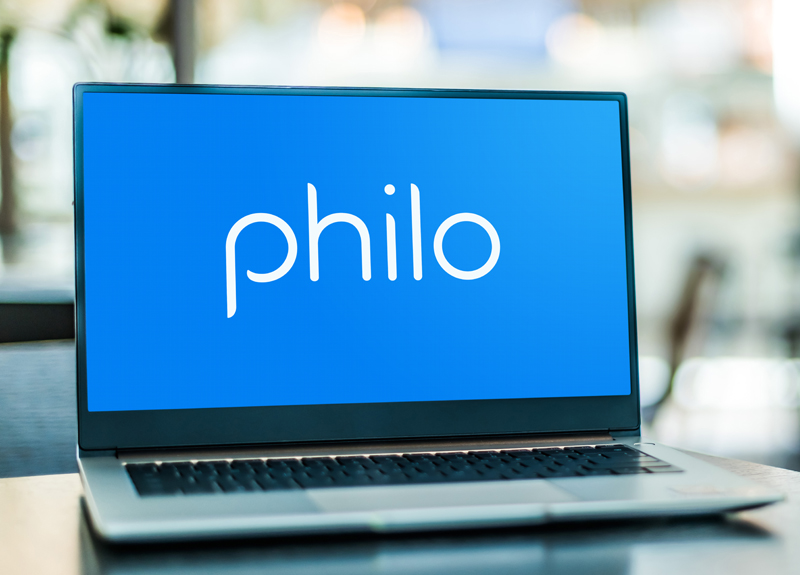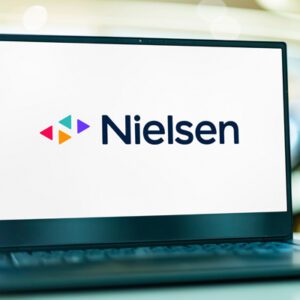The final days of summer are a great time for a destination vacation, a weekend at the beach … or staying inside to catch the premiere of “90 Day: The Last Resort.”
I’ve trialed plenty of streaming services this year, so this week I checked out Philo, a streaming content aggregator that distributes content from major broadcasters – some of which also happen to be co-owners of the service – including Warner Bros. Discovery, Paramount and A&E Networks.
In ad-tech-ese, Philo is a virtual multichannel video programming distributor (virtual MVPD), like Fubo and YouTube TV.
The platform runs both ad-supported video-on-demand (AVOD) and linear program schedules, which makes it a great place to gratify my obsession with the “90 Day Fiancé” franchise because I can catch episodes live and watch reruns on-demand.
The bad news? Philo has an ad volume that feels like cable TV.
When I watched the latest hour-long episode of “90 Day: The Last Resort,” it had a total ad load of – drum roll, please – 17 minutes. Seriously, the stream was 30% ads. That’s way too much.
Ads: The Last Resort
As a vMVPD, Philo shares ad inventory with the programmers that own the content streaming on its platform, and only controls between 10% and 15% of its own ad space, Head of Advertising Reed Barker tells me.
“We don’t control the length of the ad pods or the frequency capping in either a linear stream or VOD,” Barker said. “That’s dictated to us by our programming partners.”
Which is too bad, because the ad load feels very heavy. Based on the TV content I watched on Philo – three episodes of “90 Day: The Last Resort” and two episodes of “Teen Mom: The Next Chapter” – I calculated the average ad load to be 12 minutes per hour of content.
(Note to self: Learning basic fractions actually did come in handy.)
The ad load for movies was much lower, in my experience, at 5 minutes per hour of content, based on watching the Lifetime movie “My Son Didn’t Do It.”
Still, 12 minutes of ads per hour of TV content makes Hulu, which maxes out at around 7 minutes per hour, look ad-lite.
Because Philo doesn’t own most of the content it distributes, it doesn’t have the power to change and manipulate ad loads as do owned-and-operated streaming services, such as Hulu, Netflix and Paramount+, Barker said.
And networks that license their content to other distributors typically do so to maximize viewer reach and yield.
Can you repeat that?
Philo also doesn’t control most of the ads in a given pod. Programmers that license content to Philo sell and select most of the ads that run within their own content.
Philo fills its share of a pod with ads it sells programmatically, while the programmer that owns the actual content fills the rest with spots it sells either programmatically or directly.
This is a recipe for ad repetition.
If a brand is buying an ad programmatically through multiple demand-side platforms, for example, it’s possible the brand could win its bids on ad calls sent from both Philo and the content owner, which may be selling inventory through different supply-side platforms.
When this happens, the same ad could be served with different ad IDs, so Philo may not recognize them as the same ad.
This explains why I saw the same Chevy ad back to back in the same pod and the same pharma ad at the top of every pod throughout the movie I streamed.
Philo also doesn’t enforce competitive separation, Barker said, because those expectations are based on agreements between individual programmers and their advertiser clients. Hence, all the back-to-back ads of competing auto brands I’ve been seeing: Ford, followed by Acura, followed by Chevy, to name just one example.
Putting in the legwork
The upshot is this: Philo’s status as a content aggregator doesn’t set it up to deliver an optimal ad experience.
But that’s not to say Philo isn’t trying. It has its own subscriber base to foster and retain, after all.
For instance, Philo offers a DVR-like capability that lets viewers record airings of a particular show, then skip ads when they watch future airings of that show. (The DVR doesn’t apply to past episodes that have already aired.)
But the onus is still on programmers to tag the category and name of an advertiser when they send ads to Philo, Barker said. And since that doesn’t always happen, Philo is building its own in-house ad tech to help it spot and drop repeat ads, including in back-to-back ad pods and not just in the same pod.
Philo attempts to distinguish different creatives from the same brand by matching creative IDs with ad IDs. It also has an audio fingerprinting tool it uses to identify repeat ads coming in from different sources. (For Philo to monitor competitive separation, it needs programmers to attach category IDs to their own ads.)
Barker says its audio tool is 80% accurate in finding a match. But it’s not perfect and may miss length variations of the same creative (a 15-second spot versus a 30-second spot, for example).
“There are [still] things we’re not catching, and we’re doing our best to figure out why we’re not catching them,” Barker said. “We’re still tweaking things.”
Are you enjoying this newsletter? Let me know what you think. Hit me up at [email protected].
















